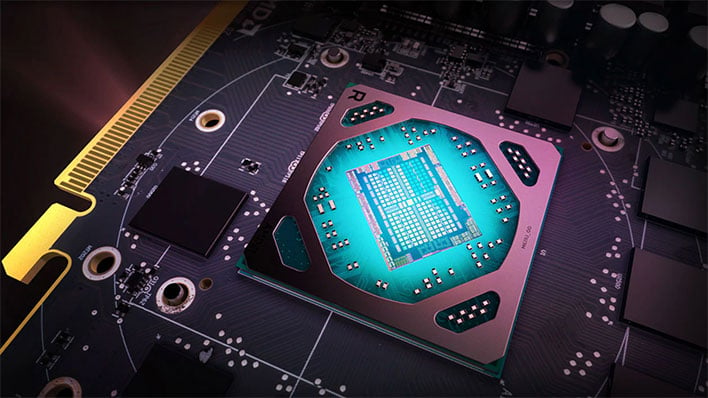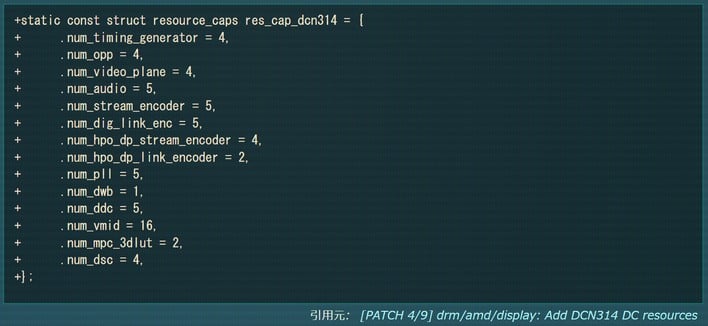AMD Navi 31, 32 And 33 RDNA 3 APUs And GPUs Break Cover In Linux Patch Notes

There are a great many advantages to working with free and open-source software (FOSS), and your author here is an outspoken supporter of such source-sharing ways. We probably don't need to explain the advantages, but suffice to say that software developed as a community effort can end up more secure and much more interoperable compared to proprietary software.
That's not to say that FOSS doesn't have its downsides, especially if you're a commercial entity like a corporation. We, again, won't go into that topic here, but rather focus on one specific downside—the minute you contribute your changes upstream, the whole world knows about everything in them. That's why companies like AMD tend not to add driver support for their upcoming hardware until pretty late in the game.

This information was uncovered by Japanese-language hardware blog Coelacanth's Dream, who points out that of the four device IDs, three of them—GFX1100, GFX1101, and GFX1102—are discrete GPUs, corresponding respectively to Navi 31, Navi 32, and Navi 33. The next device ID, GFX1103, seems to match the integrated graphics in AMD's future Phoenix Point APUs, which will pair Zen 4 CPU cores with RDNA 3 graphics.

The data also seems to indicate that contrary to certain rumors, and like the company's current-generation processors with graphics, the Phoenix Point processors will not have Infinity Cache, at least in their initial iteration. That's not really a surprise, but it could help keep people from getting their hopes up.

